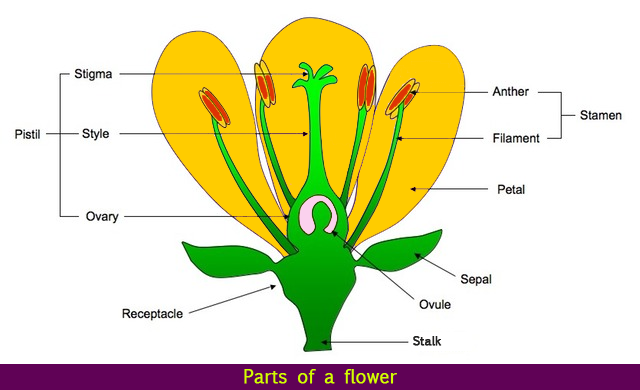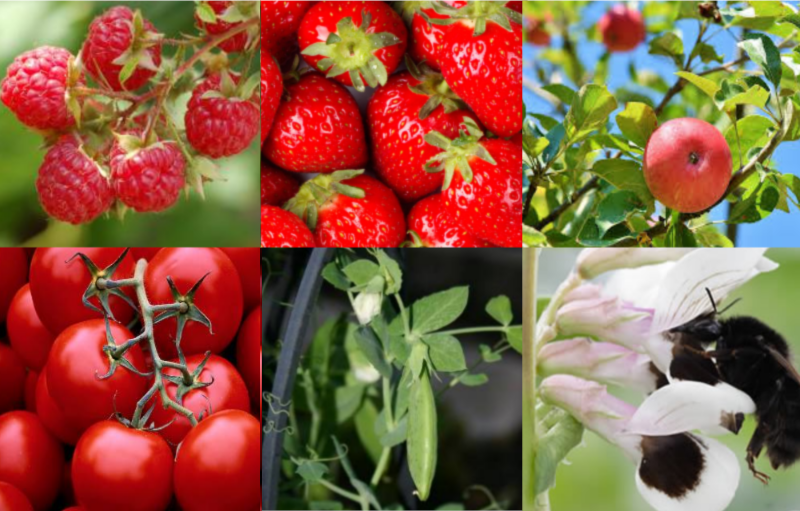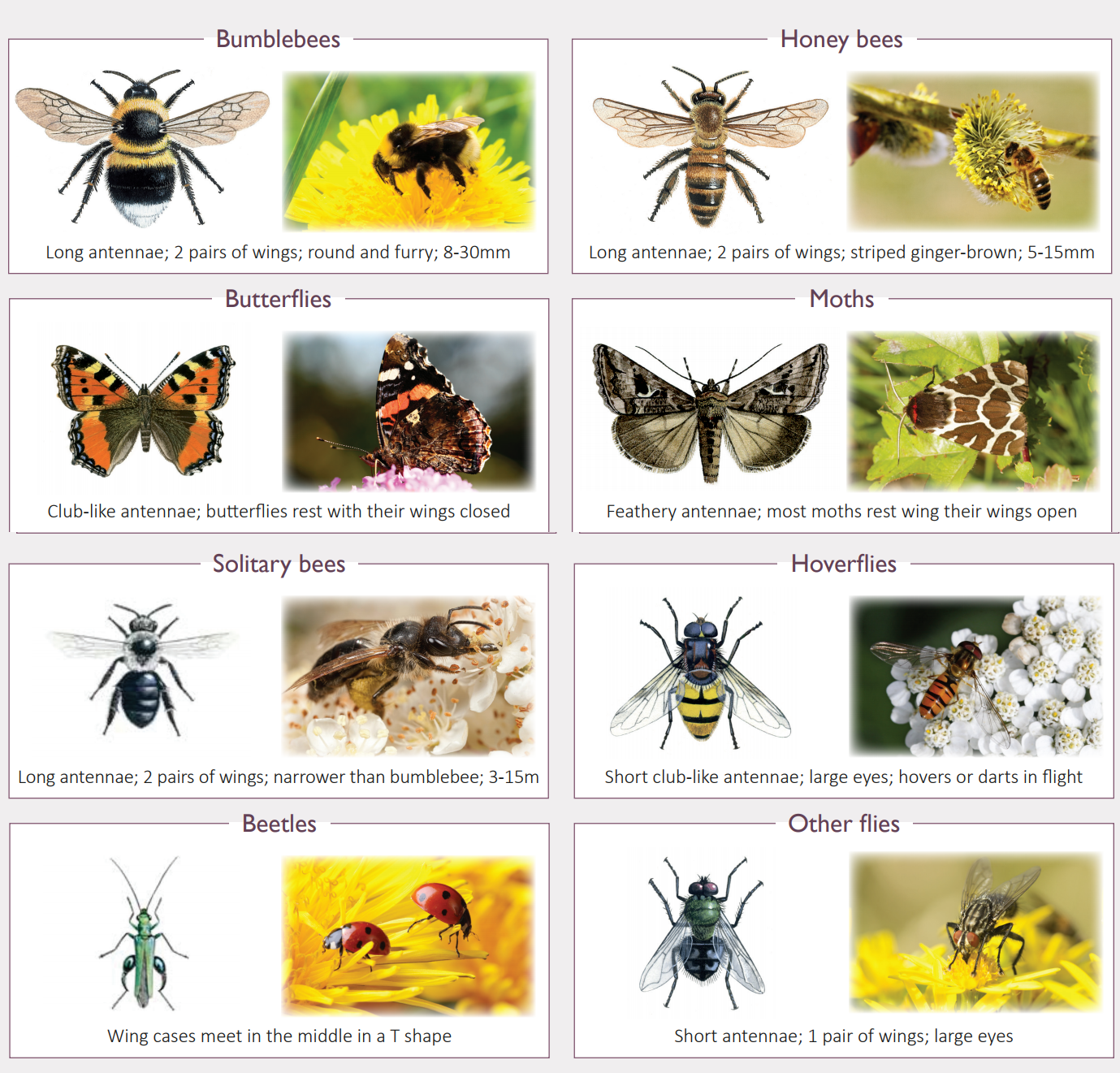Learning about UK Pollinators
| Site: | OpenLearn Create |
| Course: | Pollination and Insect Pollinators |
| Book: | Learning about UK Pollinators |
| Printed by: | Guest user |
| Date: | Thursday, 18 April 2024, 6:17 PM |
1. Why Pollinators are Important
Pollination
Simply put, pollination is moving pollen from the male part of the flower (the Stamen) to the female part (the Pistil). When pollen is moved to the pistil of the same flower or another flower in the same plant, the process is called self-pollination. Only a few plants can self-pollinate without help from wind or insect pollinators, notably soyabean.

Anjubaba / CC BY-SA
Pollinators
A pollinator is an animal that moves pollen from the male anther of a flower to the female stigma of a flower. This helps to bring about fertilization of the ovules in the flower by the pollen grains.
See the video to learn more:Bees' Needs - National Pollinator Strategy Film from Close-Up Research & Film on Vimeo.
2. Pollination in the UK
Pollinators are animals that move pollen from one flower to another and in doing so enable plants to make seeds and reproduce. Pollinators come in many forms across the world (including birds, bats and lizards), but in the UK the majority of pollination is done via wind or by the 1500 species of pollinating insects. These insects include bees, butterflies, flies and beetles.
Around 80% of British plants are pollinated by insects. This process produces the wide variety of plants we see, feeds our wildlife and provides much of the food that we eat. Pollinators are important for our economy; the loss of pollinators could cost the UK around £690 million a year in lost crops alone.

Here are just some of the crops pollinated by bumblebees - raspberries, strawberries, apples, tomatoes, peas and beans:

3. The main pollinating species in the UK
The main pollinators in the UK are bees (solitary bees, bumblebees and the honey bees), butterflies and moths. Other pollinators include flower visiting flies (including hoverflies) and beetles.
